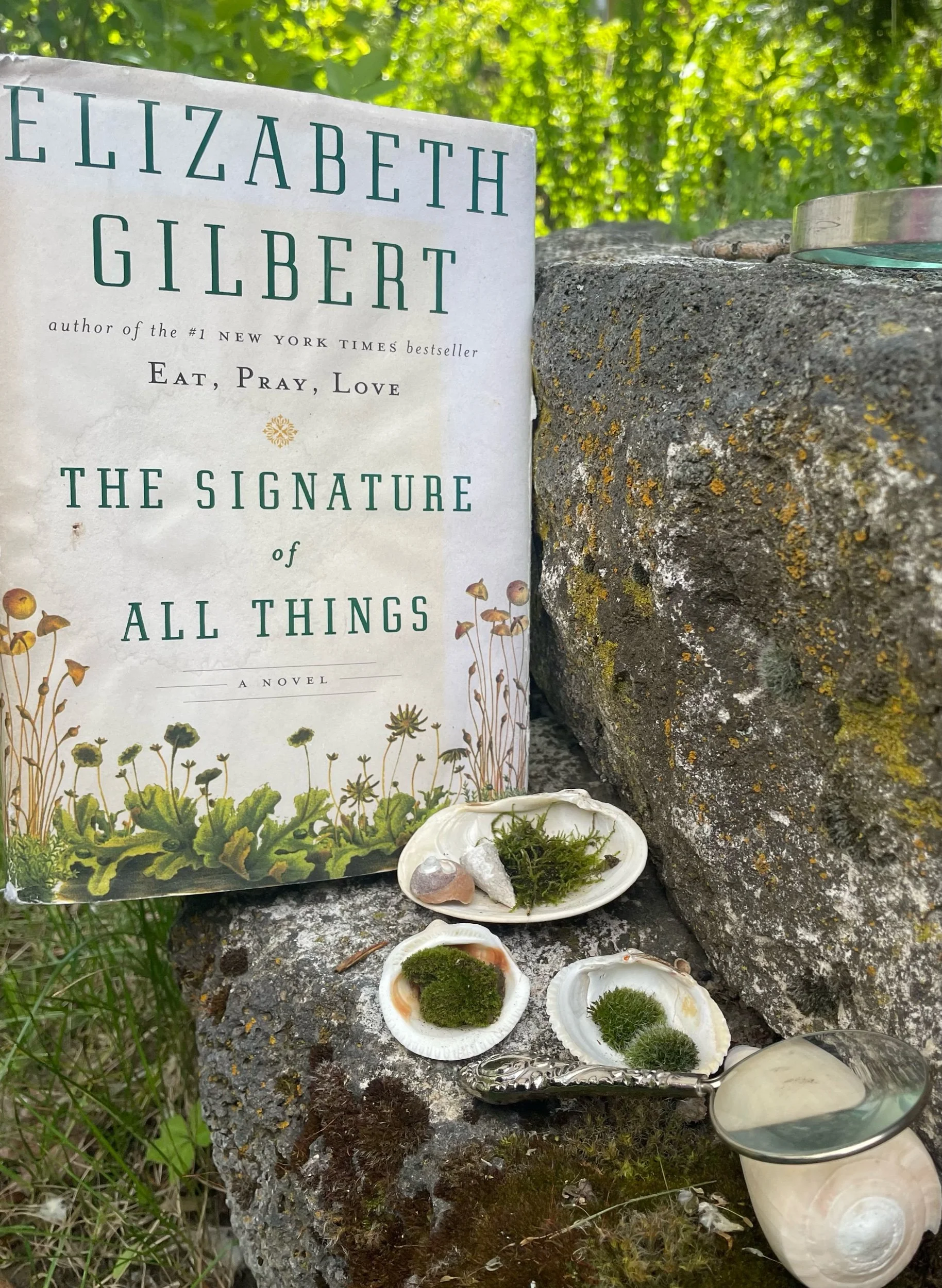At the Edge of the Orchard
Tracy Chevalier has written many an impressive historical fiction (Girl with The Pearl Earring being probably her most famous). I picked up At the Edge of the Orchard (2016) this spring and allowed myself to fall into the historical spaces the book brings to life. This novel is divided into two halves. The first half, set in Ohio’s Black Swamp, in the 1830s alternates perspective between a husband and a wife. The second half follows their youngest son on his meandering journey west (through the 1840s and 50s). In this novel, Chevalier’s sparse writing creates characters who come alive amidst the harsh conditions of nineteenth-century pioneer life.
The hard world of a homestead in Ohio’s Black Swamp in 1838. Sadie and James Goodenough have left their native Connecticut to homestead in the miserable conditions of the Ohio’s Black Swamp. Out of this squalid landscape, James nurtures an apple tree orchard of diverse trees (some for eating, most for cider-making). Yet the orchard, and its cider, overwhelm Sadie as she succumbs to the hardships of life in the Black Swamp and falls victim to alcoholism. The orchard comes between she and James; Sadie imagines James’ love for his special apples outweighing his love for her. They live locked in a sort of war, around the edges of which their surviving children tip toe. Their minimal socializing happens when Johnny Appleseed, known in Chevalier’s book as John Chapman, rows up in a canoe with some apple seedlings to sell. Sadie and Robert’s marital relationship reflects that of their surroundings in the Black Swamp; they essentially exist at war with one another. Just as the Black Swamp brings death born by fever and mosquito each season, so too a marriage at war promises suffering. And, despite their name, the Goodenoughs of the Black Swamp suffer. The Goodenough children struggle to survive just as the trees in their father’s orchard, but their roots are much less deeply rooted in the swamp earth.
At a very young age, Robert Goodenough, the youngest son, leaves Goodenough tragedies in the Black Swamp. The novel’s use of epistolary exchange acts as transition between the two generations’ stories. Robert, like his father, is a quiet man, but one who works hard and does not allow himself to linger when new opportunities call. As such, his travels take him west across the continent until he ends up in California during the gold rush. He hears of giant trees in the western Sierra and goes in search of them. The call of these magnificent trees certainly shifts his life trajectory.
If the first third of the novel takes root amidst an Ohio apple orchard, the last third emerges in a grove of giant sequoias of California. Trees, and work with trees, is a constant theme for the Goodenough men; it is, in fact, one of the primary themes of the book. Over the course of nearly twenty years Robert moves further and further from the Black Swamp, and yet, its ghosts continue to walk with him, however silently.
This novel includes plenty of hardship, some of which might prove triggering for some readers. The historical context of the novel all but necessitates much of it and Chevalier certainly doesn’t demure when it comes to writing pioneer hardship. Themes include domestic violence, alcoholism, adultery, prostitution, rape, incest, and more. And yet, amidst all the struggles and harsh reality portrayed in At the Edge of the World, there is plenty of beauty and hope interwoven. There is no shortage of wonder to be found in the natural world, of which we humans are a part. Just as a tree branch can be cut and grafted from one places to another, so too can, Chevalier demonstrates, humans make and remake their lives and futures.
Bibliography:
Chevalier, Tracy. At the Edge of the Orchard. Viking: 2016.
A Few Great Passages:
“Life was often simply the repetition of the same movements in a different order, depending on the day and the place” (87).
“‘It’s easy to know other people, not so easy to know ourselves.’”






